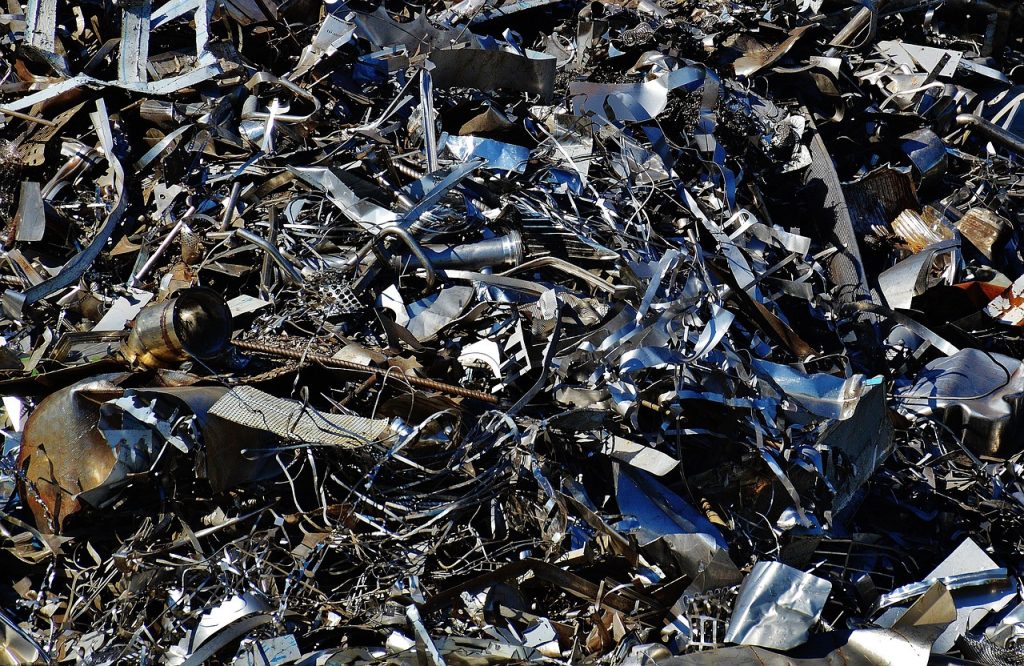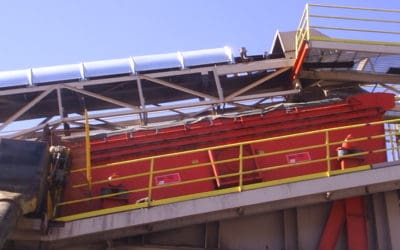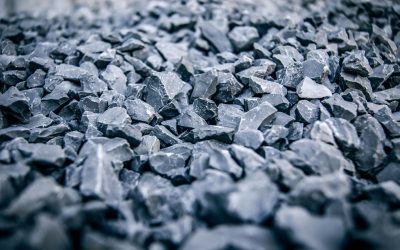Scrap metal recycling plays a pivotal role in conserving resources, promoting environmental sustainability, and contributing to the circular economy. Additionally, it creates opportunities for individuals and industries to recover valuable materials. As different industries all around the world increasingly embrace recycled metals to meet their demands, the need for effective processes has become more pressing.
Several metals can be reused repeatedly without losing their inherent properties. But recycling them can be inefficient, and the scrap metal recycling industry is facing a variety of hurdles, due to the diverse nature of metals and the presence of contaminants.
Understanding the Scrap Metal Recycling Process
The scrap metal recycling process involves several key stages designed to recover valuable materials efficiently while reducing waste. It begins with collection from sources, such as construction sites, manufacturing facilities, demolition projects, and consumer goods. Once materials arrive at a recycling facility, they are inspected to identify contaminants and determine how they should be handled.
The scrap is then sorted and separated into ferrous and non-ferrous metals using magnets, manual sorting, and advanced separation technologies. After sorting, the metal is processed by shredding, cutting, or crushing it into uniform sizes to meet buyer and manufacturing requirements. The prepared scrap is then sent to mills or foundries, where it’s melted down and reused to create new products, supporting both sustainability and efficient material reuse.
Current Challenges of Scrap Recycling
Processing Diverse Metal Streams
The industry is marked by a diverse array of metals, ranging from the familiar ferrous metals (like iron and steel) to the valuable non-ferrous metals, like aluminum, copper, and zinc. Each type of metal has different properties, densities, and magnetic characteristics, making it challenging to efficiently separate them.
Scrap Metal Contamination and Purity
Non-metallic materials, chemicals, paint, oil, dirt, and other impurities often find their way into the recycling stream. These contaminants can significantly impact the quality and value of recycled metals.
To counter this, meticulous cleaning and thorough sorting processes are imperative to ensure the purity of the materials.
Need help sorting scrap metal?
End-of-Life Product Variation
As our world becomes increasingly reliant on technology, the challenge of recycling end-of-life products — especially cars and electronic waste — has grown. These products often comprise a mix of metals, plastics, and other components, making their recycling complex. Dismantling and processing these items pose a challenge that requires both expertise and resource investment.
Transportation and Storage Issues
Delivering and storing scrap metal poses challenges for consumers as well as businesses in the recycling industry.
Logistics and space constraints require careful planning to manage transportation routes and allocate sufficient storage space. Handling large volumes of scrap metal poses safety risks for workers, necessitating proper training and safety protocols. Plus, storing such large quantities can make a facility a target for vandalism.

Complex Techniques and Specialized Knowledge
The evolution of technology has given rise to advanced recycling and sorting techniques tailored to specific metals. For instance, recycling aluminum requires complex procedures, such as smelting and electrolysis.
While these methods are highly effective, they demand specialized knowledge and a substantial investment in technology, presenting a hurdle for many facilities.
Meeting Regulatory Compliance and Legislation
The scrap metal recycling industry operates in a landscape shaped by dynamic environmental regulations and legislation that continue to evolve. Compliance with these regulations demands:
- Continuous monitoring
- Adjustments to procedures
- At certain times, substantial financial investments to meet changing requirements
Global Market Fluctuations
The global market for scrap metals is influenced by factors ranging from demand in various industries to energy costs and economic conditions. These market fluctuations can be unpredictable, impacting the revenue streams of recycling operations. Prices for scrap metals can vary greatly, affecting the profitability and viability of recycling efforts.
According to IBISWorld, revenue in the scrap metal recycling industry has experienced a compound annual growth rate (CAGR) decline of 2.1% over the last five years. Projections indicate that it is set to reach $41.4 billion in 2023, including an anticipated decrease of 13.2%.
Solutions
Finding solutions to these problems can help us save energy and virgin ores while also reducing waste, pollution, and emissions. It also contributes to local economies by providing a steady supply of raw materials for manufacturing.
Education and Training
Public awareness and understanding of proper recycling practices are crucial to keeping the right materials out of landfills and reducing contamination in the recycling stream.
Educational initiatives aimed at businesses, individuals, and recycling professionals can significantly improve the quality of collected scrap. Additionally, training programs can help prevent contamination and enhance the knowledge and skills of those working in the industry.
Collaboration
Collaborative efforts involving scrap recyclers, manufacturers, governments, and non-governmental organizations (NGOs) can yield more comprehensive solutions to these complex problems. Partnerships that bring together diverse stakeholders often result in improved practices, streamlined processes, and better infrastructure.
Innovation
Ongoing research into new recycling methods and technologies is essential to finding more efficient and effective ways to process various types of scrap. Innovations can lead to breakthroughs that transform the industry and make scrap processing and recycling even more sustainable.
Advanced Metal Recycling Technology
With the help of advanced scrap metal sorting technology, recycling facilities can achieve higher purity rates, increased recovery of valuable metals, reduced waste, and improved overall operational efficiency.
One such solution is the Bivitec screen. This specialized vibratory screening technology is designed to efficiently separate and classify difficult materials.
Unlike traditional screening methods that utilize a linear, back-and-forth motion, the BIVITEC employs a unique dual-vibration motion that involves both linear and elliptical movements, ensuring efficient screening even with challenging materials.


